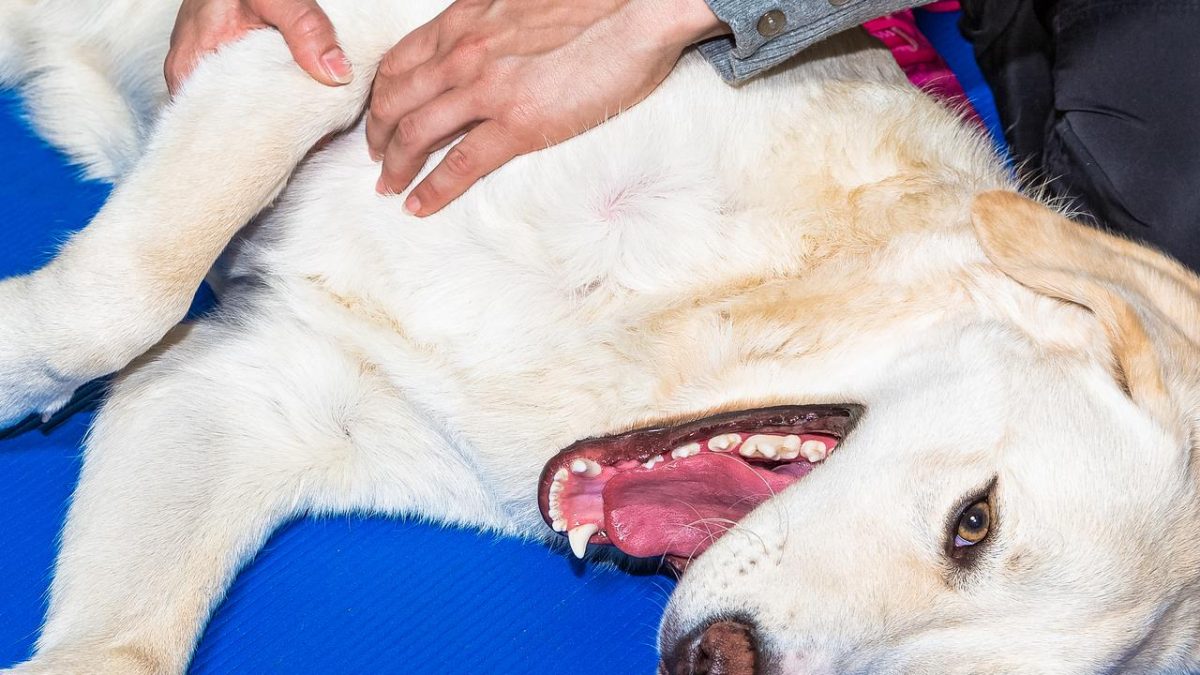Therapy pets, fundamentally, are animals trained to provide comfort, affection, and companionship to individuals in various environments such as hospitals, retirement homes, schools, and disaster areas. They play a significant role in enhancing physical health and mental wellbeing by reducing stress, anxiety, and depression, and improving social and cognitive functions.
Therapy Pets vs Emotional Support Animals vs Service Pets
While all bring value, there is a distinct difference between therapy pets, emotional support animals, and service pets. Therapy pets offer comfort to multiple individuals, emotional support animals provide therapeutic benefits to their owners with mental health disorders whilst service pets are trained to perform specific tasks for individuals with disabilities.
Benefits of Therapy Pets to Humans
Research has shown that interaction with therapy pets can lower blood pressure, improve cardiovascular health, release endorphins, and even decrease overall physical pain.
Types of Therapy Pets
Most therapy pets are dogs, but other animals like cats, rabbits, guinea pigs, and even horses can also serve this role.

Assessing Your Pet’s Suitability for Therapy Work
Evaluating your pet’s temperament and behaviour is a crucial first step in determining their suitability for therapy work. It is vital that your pet demonstrates characteristics such as sociability, gentleness, patience, and obedience, as these are key traits that will enable them to provide comfort and support to individuals in need.
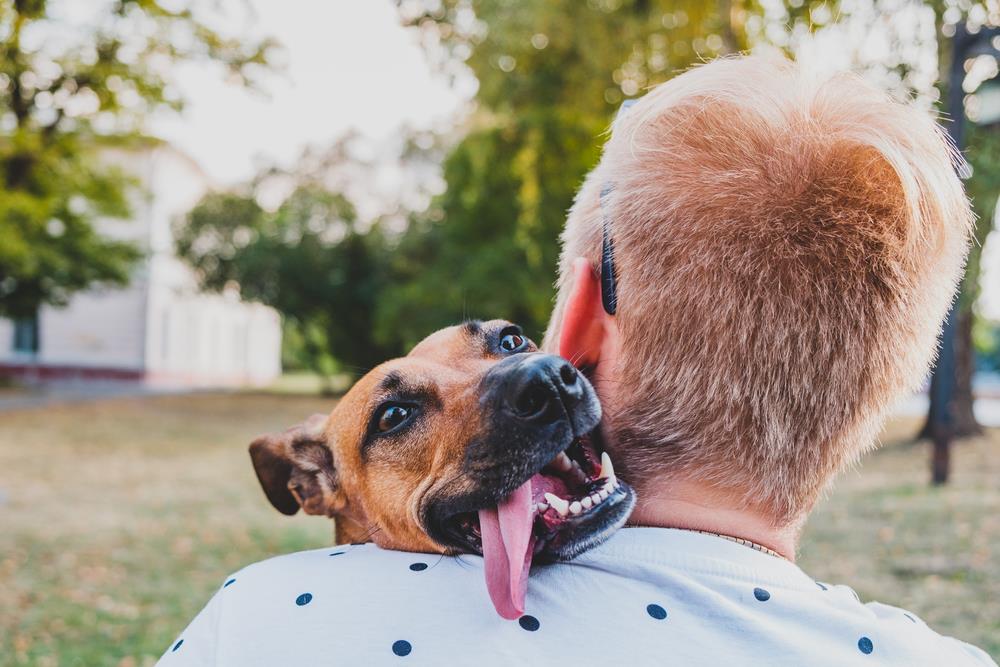
Health and Grooming for Therapy Pets
Therapy pets should be in good health and well-groomed to ensure they do not pose a health risk to the individuals they interact with. Regular veterinary checks and maintaining a clean appearance are essential for their work.

Considering Age for Therapy Pets
Lastly, age also plays an important role in assessing a pet’s suitability for therapy work. Pets of any age can potentially be therapy animals, but they should be mature enough to handle different environments and situations. Furthermore, their energy levels should be compatible with the demands of therapy work.
Necessary Training for Therapy Pets
The journey towards transforming your pet into a certified therapy animal involves a rigorous, but ultimately rewarding, training process. Here’s a look into the four crucial stages:
- Basics of obedience training: This is the first step on your journey. Teaching your pet basic commands and leash training is imperative.
- Socialization training: Therapy pets need exposure to varied environments, people, and animals. This helps them stay calm and composed in different situations.
- Desensitization training: Equipping your pet to handle stress and unexpected situations is vital.
- Specialized skills: Lastly, your pet must learn to comfort and interact with different kinds of people.
Each of these training stages is instrumental in preparing your pet for therapy work. With the right approach and dedication, you can guide your pet towards becoming an effective therapy animal.
Importance of Professional Training and Certification
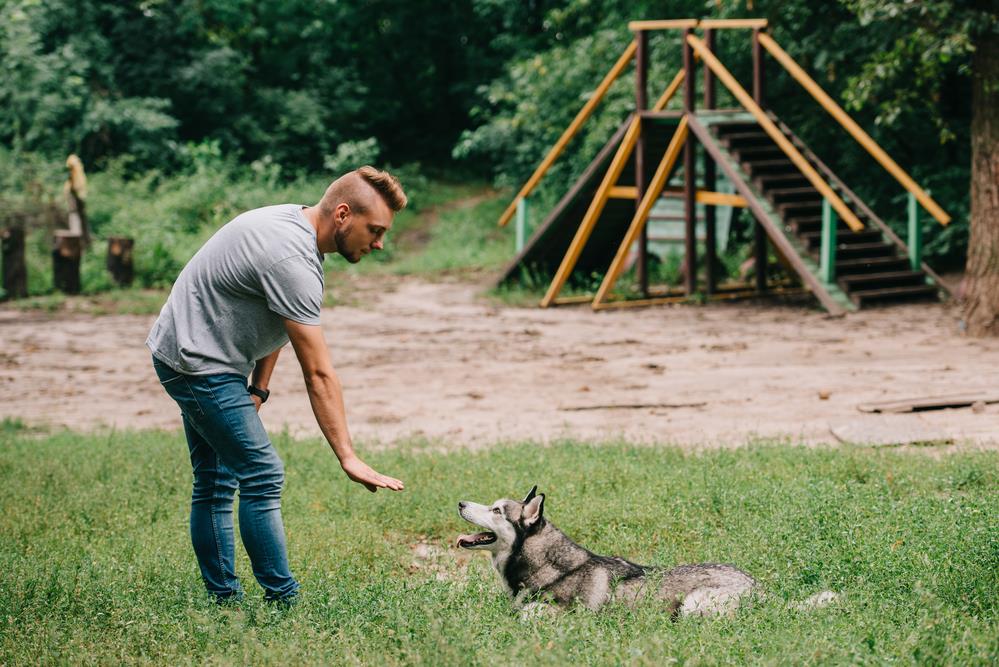
Embarking on a journey to train your pet for therapy work requires an understanding of the significance of professional training and certification. Beyond just improving the skills of your pet, these certifications serve as a testament to your pet’s abilities, professionalism, and adherence to industry standards.
Reputable Training Programs: Overview and Requirements
There are a plethora of reputable training programs available, each with their unique offerings and requirements. Delta Society Australia, for instance, offers a comprehensive program that focuses on teaching pets to provide comfort to individuals in hospitals, nursing homes, and other similar settings. The program usually requires pets to be at least one year old and have a basic level of obedience training.
Process of Certification: Exams, Evaluations, and Re-certification
Most certification processes involve a rigorous evaluation of your pet’s skills and temperament. These assessments often culminate in an exam that your pet must pass to receive certification. Over time, re-certification may be necessary to ensure that your pet maintains the required standards.
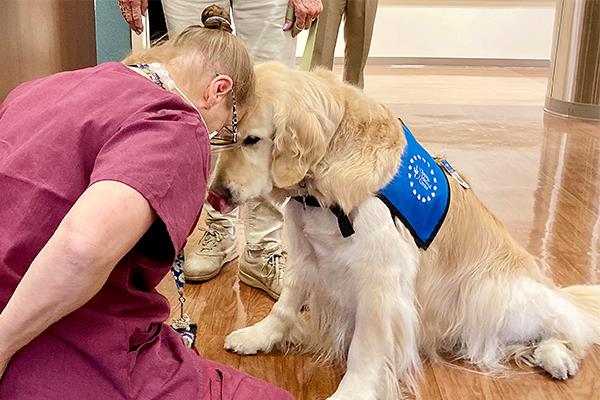
Recognising and Avoiding Scam Certification Programs
Unfortunately, there are fraudulent certification programs out there. Remember, if a certification program seems too good to be true, it probably is.
Understanding the Rights and Responsibilities of Therapy Pet Handlers
As a therapy pet handler, it’s crucial to comprehend your rights and obligations. However, handlers are also responsible for their pet’s behaviour and welfare.
Best Practices for Interacting with the Public
Public interaction is a substantial part of a therapy pet’s job. Training your pet to behave appropriately and predictably is key. They should respond well to commands, remain calm in various situations, and show no signs of aggression.
Observing Health and Safety Protocols
Health and safety are paramount. All therapy pets should be vaccinated and regularly groomed to prevent health risks.
Handling Difficult Situations and Unexpected Reactions
Therapy pets may encounter challenging scenarios or unexpected reactions. Handlers should be equipped with strategies to manage these situations effectively and ensure the safety of all.
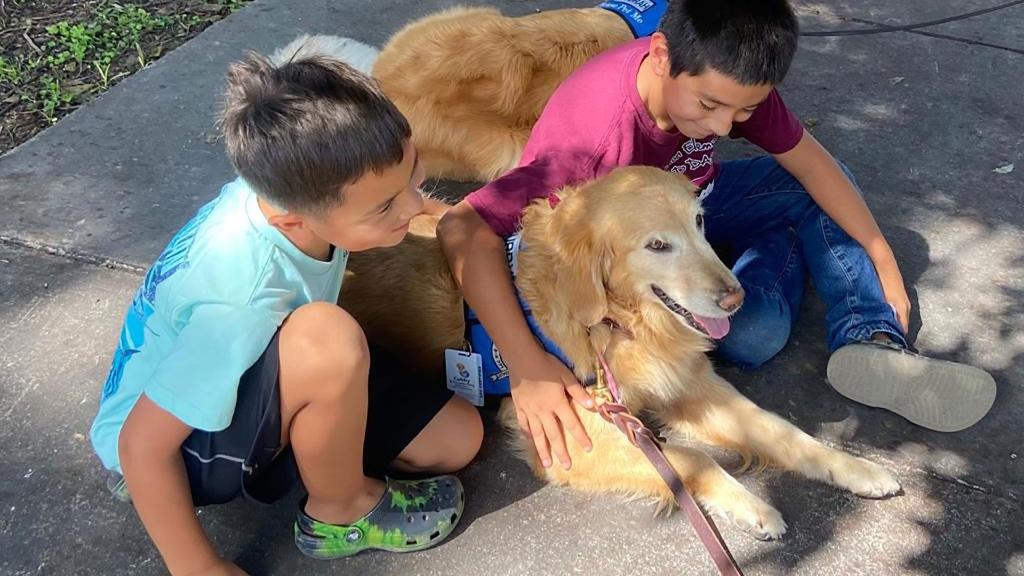
Conclusion
Training your pet for therapy work demands commitment to these best practices. With proper training and understanding, your pet can provide comfort and joy to those in need.
Opportunities for Therapy Pets and Their Handlers
Therapy pets and their handlers can serve in multiple settings, extending their unique capabilities to those who need them the most. Hospitals, schools, and nursing homes are among the many places where therapy pets can bring comfort and relief to individuals dealing with physical, emotional, and mental challenges.
Volunteering Opportunities
Volunteering opportunities for therapy pets and their handlers are abundant. Many organisations are on the lookout for dedicated pet teams to offer their services voluntarily.
Paid Therapy Pet Work
For those interested in paid therapy pet work, it involves specific responsibilities and qualifications. Handlers must ensure their pets are well-trained, friendly, and patient.
Impact of Therapy Pets
There are countless stories of therapy pets making a significant difference. They not only bring joy but also help individuals recover and manage health conditions.
The Challenges and Commitment Involved in Therapy Pet Work
Training your beloved pet for therapy work is a rewarding yet demanding task. It requires a significant commitment in terms of time, finances, and emotional investment. The handlers, as well as the pets, are subject to both physical and emotional demands. The therapy sessions often require pets to maintain their calm and composure in various settings, which can be physically taxing. Similarly, handlers need to be emotionally resilient to effectively manage the varied reactions from those interacting with their pets.
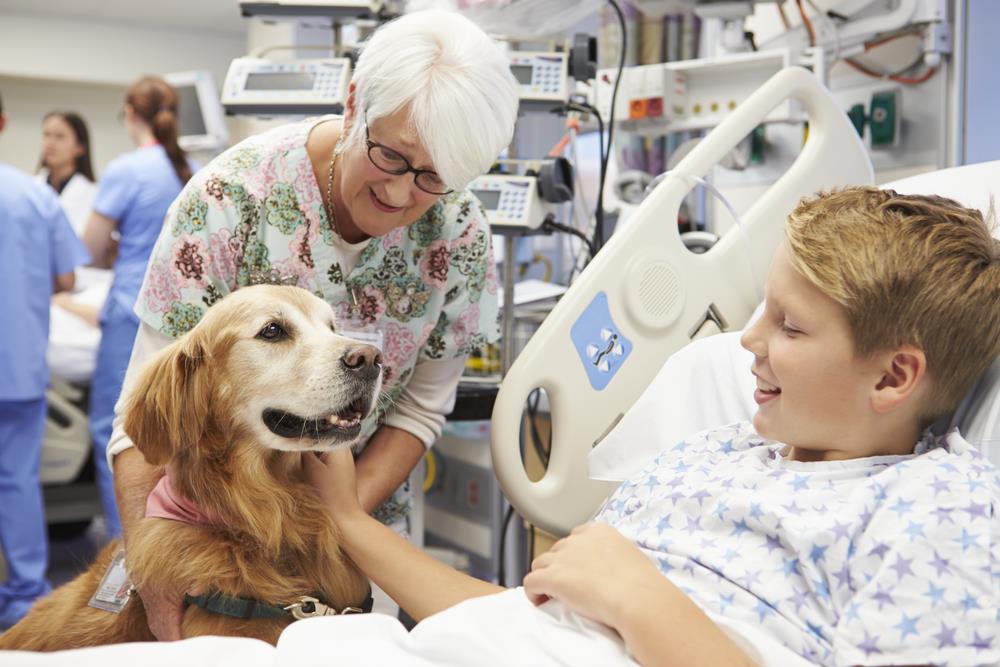
Moreover, the time commitment involved in training and scheduling therapy sessions, alongside regular pet care, can be substantial. The financial considerations are also noteworthy. The costs involved in training, healthcare, and insurance for therapy pets may be significant.
However, perhaps the most poignant challenge is handling the eventual retirement of therapy pets. This can be a sensitive time for both the handler and the pet, as they adjust to a new routine and contend with the emotional impact of concluding their service.
Conclusion: The Rewards of Having a Therapy Pet
Training your pet for therapy work not only provides a vital service to individuals in need but also brings a plethora of rewards. The personal satisfaction derived from helping others cannot be overstated. Observing the joy and comfort your pet brings to people can be incredibly fulfilling. Studies have shown a positive impact on the therapy pet’s behaviour and well-being, with regular human interaction contributing to their overall health.
Moreover, the bonding experience between pet and handler is deepened through shared experiences and trust-building. This journey fortifies the bond between you and your pet, strengthening your mutual understanding and love.
Finally, your work as a therapy pet handler can serve as an encouragement for other pet owners considering this worthwhile endeavour. Your experience can inspire others to train their pet for therapy work, thereby enhancing the overall provision of this essential service in our communities. Government resources are available to provide more information and guidance on this topic.

.

